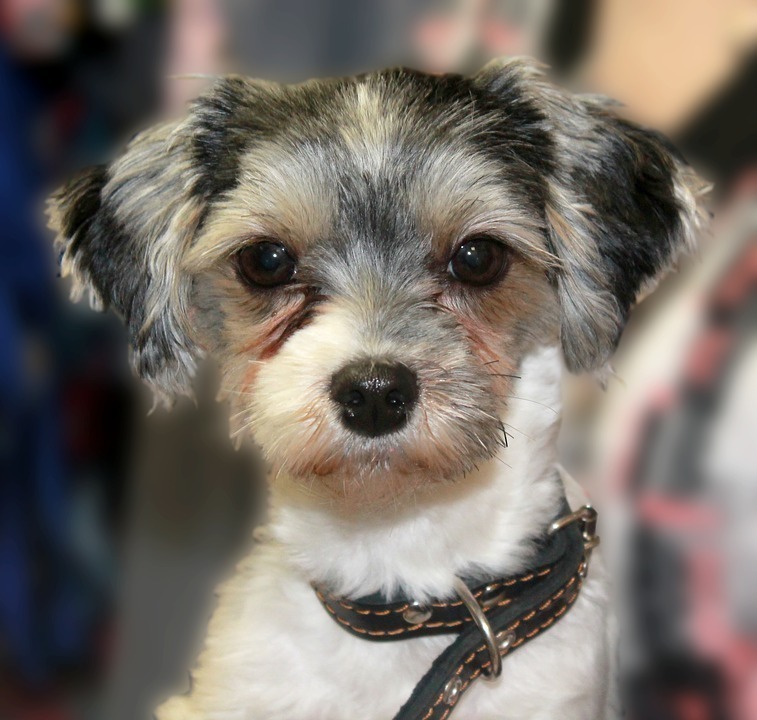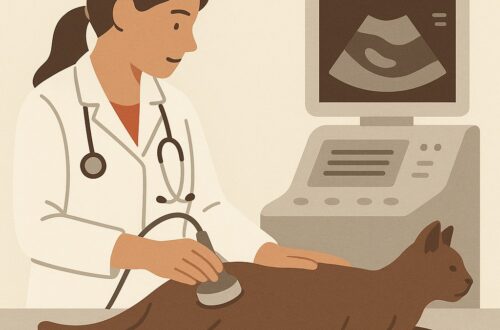Most dog owners have heard of many of the common gastrointestinal problems that afflict dogs. Parvovirus in dogs. Intestinal parasites (aka “worms), foreign objects causing an obstruction, inflammatory bowel disease (IBD), and even gastric dilatation-volvulus (aka: “bloat”). Yet, there is one about which few parents know. Which one you ask? The problem is called an intussusception. This week’s post is all about this important problem, so I hope you find the information helpful. Happy reading!

Intussusception – What is it?
An intussusception occurs when a segment of the intestinal tract invaginates into the lumen of an adjacent segment. This phenomenon is referred to as telescoping of the intestines. The segment that invaginates is called the intussuseptum. The segment into which invagination occurs is called the intussuscipiens.


The gastrointestinal tract is very long. It also has a normal rhythmic pattern of motion to propel food through it. This movement is called peristalsis. An intussusception can occur at any point. The two most common areas for this problem to occur are in the jejunum (middle part of the small intestine) and the ileocecocolic junction (junction between the small intestine and colon).
An intussusception occurs secondary to another problem causing inflammation in the gastrointestinal tract. Common primary causes of gastrointestinal inflammation are:
- Infectious (giardia, parvovirus, etc.)
- Intestinal parasitism
- Intestinal foreign objects
- Tumors
- Abrupt dietary changes
Intussusception – What does it look like?
Patients with intussusception invariably have a recent history of vomiting and/or diarrhea. The clinical signs may be persistent or intermittent. The latter can be explained by the potential “sliding” nature of an intussusception. At one moment, the intussusception is present and at another moment, the intussuseptum “slides” out of the intussuscipiens spontaneously to return to normal. Other common clinical signs include:
- Reduced (or absent) appetite
- Restlessness & increased panting
- Abdominal discomfort
- Fever
- Vocalization
Intussusception – How is it diagnosed?
Your veterinarian will obtain a thorough patient history and perform a complete physical examination. An intussusception should be considered in any patient with acute and/or chronic intermittent vomiting and diarrhea. Physical examination may identify abdominal pain and/or a palpable sausage-shaped mass in the abdomen.
Diagnostic imaging is indicated to confirm the diagnosis. Radiographs of the abdomen may show an intestinal gas pattern consistent with an obstruction. Unfortunately, radiographs can’t always identify the problem, and further imaging like abdominal sonography will be needed. A veterinarian should be highly skilled and experienced in performing sonographic examinations like board-certified veterinary radiologists and board-certified veterinary internal medicine specialists. Remember, any veterinarian can purchase sonography equipment, but extensive training is needed to both capture diagnostic quality images and interpret them accurately.

Intussusception – How is it treated?
Surgery is typically required to treat this problem. Prior to anesthesia, hospitalization for intravenous fluid therapy and supportive therapies is typically indicated to correct hydration and any electrolyte (i.e.: sodium, potassium) abnormalities. Of course, the primary cause of gastrointestinal inflammation must be identified and addressed. Without doing this, the likelihood of recurrence is very high!

The type of surgery to correct this problem varies. Occasionally, the intussusception can be manually reduced back into proper positioning. Sometimes the surgeon will “tack” the segments back into proper positioning, a procedure called enteroplication. Performing enteroplication has fallen out of favor with surgeons, as it’s not without potential complications. For example, enteroplication may make it more difficult to successfully pass ingested foreign material. A surgeon may elect to completely remove the abnormal segment and then put back together the resulting two good sections (a procedure called a resection & anastomosis). Surgery can often be quite complicated, and your primary care veterinarian may recommend consulting with a board-certified veterinary surgeon.
The take-away message about intussusception in dogs & cats…
Dogs and cats may develop a serious gastrointestinal problem called an intussusception. This is a problem characterized by one segment of the intestinal tract invaginating into another segment, causing a partial or complete obstruction of the gastrointestinal tract. Clinical signs often include vomiting, diarrhea, appetite changes, and abdominal discomfort. An intussusception most often develops due to another disease process creating intense inflammation in the gastrointestinal tract that needs to be identified and treated. Ultimately, surgery is required to relieve an intussusception.
To find a board-certified veterinary surgeon, please visit the American College of Veterinary Surgeons.
Wishing you wet-nosed kisses,
CriticalCareDVM






